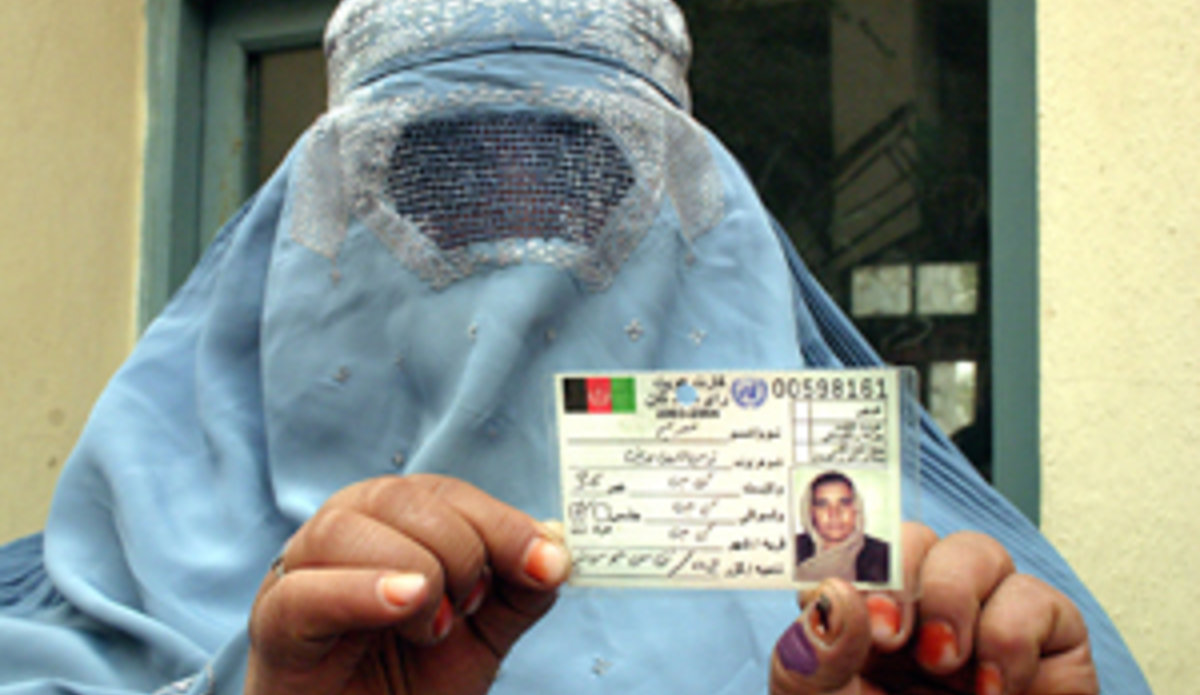More women candidates needed for elections
KABUL - There are concerns for the participation of women candidates in this year’s elections in Afghanistan. Friday, 8 May marks the last chance for candidates to register for the 20 August presidential and provincial council elections.
So far only 177 out of the 1,575 registered candidates are women, less than nine per cent of the total number of candidates.
One hundred and twenty four seats on provincial councils are reserved for women according to Afghanistan’s Election Law.
“We are really concerned because with this trend we are loosing rights that we got with a lot of difficulties,” said Kabul Member of Parliament Mrs Shinkai Karokhil. “Among the many reasons for this problem are the weaknesses of the provincial councils at the local level, insecurity, lack of cooperation of male leaders in a male dominated society, the lack of political will of the Government and the poverty that women are facing.”
Dr Daoud Najafi of Afghanistan’s Independent Election Commission added: “Either security or economic issues are the main reasons of this trend.”
According to the Election Law each provincial council candidate should present the signatures and voter registration card numbers from 200 supporters as part of the registration process (10,000 signatures are required for presidential candidates).
“A number of men do not give their voter cards for women to qualify nor give economical support to this very poor part of the population,” said Mrs Karokhil. “The consequences of this situation are that we are going back toward a society controlled with only one gender. This is a failure of democracy because if women do not go to the provincial councils today, then they will not go to parliamentary election tomorrow and finally women will again be excluded from political participation.”
Around 49 per cent of Afghanistan’s population of approximately 24 million is female. A very low literacy rate estimated at around 16 percent for women compared to 31 per cent for men and a high mortality rate standing at around 1,600 to 1,900 deaths per 100,000 live births, or the second highest maternal mortality rate in the world, contribute to the plight of women in Afghanistan.
Following the parliamentary and provincial council elections in 2005 women held 121 out of the 420 provincial council seats; the remaining three seats had to be given to men. In parliament women gained 27 per cent of the seats with women holding 68 out of the 249 seats in the Wolesi Jirga (Lower House), and 23 out of the 102 seats in the Meshrano Jirga (Upper House).
In terms of the executive and judicial bodies in Afghanistan there is only one female cabinet minister, while almost 26 per cent of civil servants and 30 per cent of farmers are women.
So far two women have registered as presidential candidates for 2009 compared to one presidential and two vice presidential candidates in 2004.
Figures show that the number of women who registered for elections in Afghanistan increased from 41.5 per cent in 2004 to 44 per cent in 2005 but has decreased to 38 per cent for the 2009 vote.
By Nilab Mobarez, UNAMA
Website: Indepdent Election Commission of Afghanistan
 UN
UN







